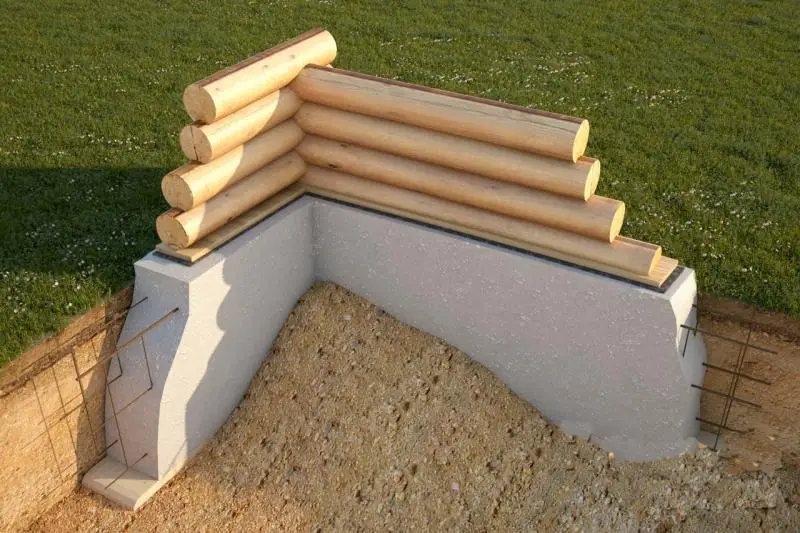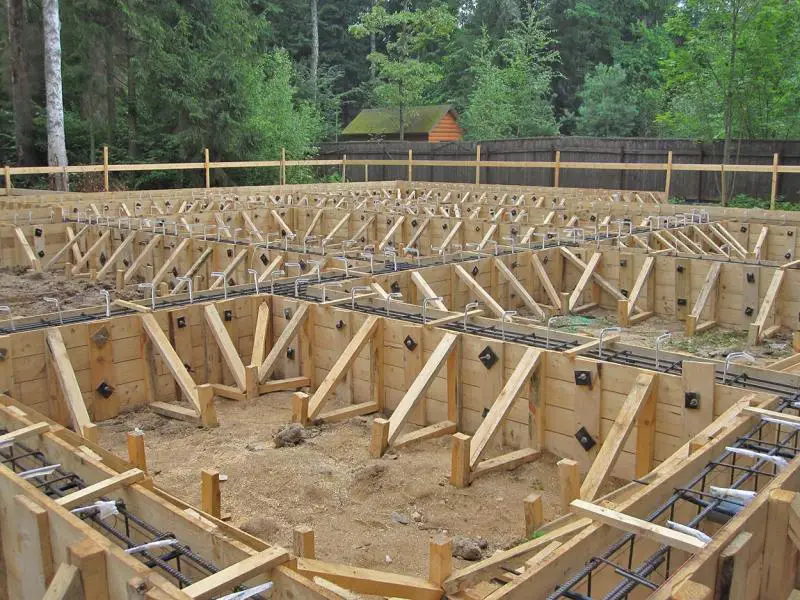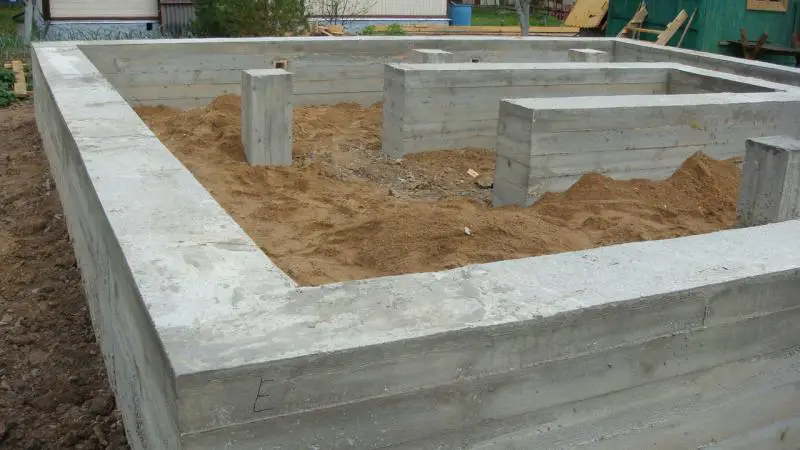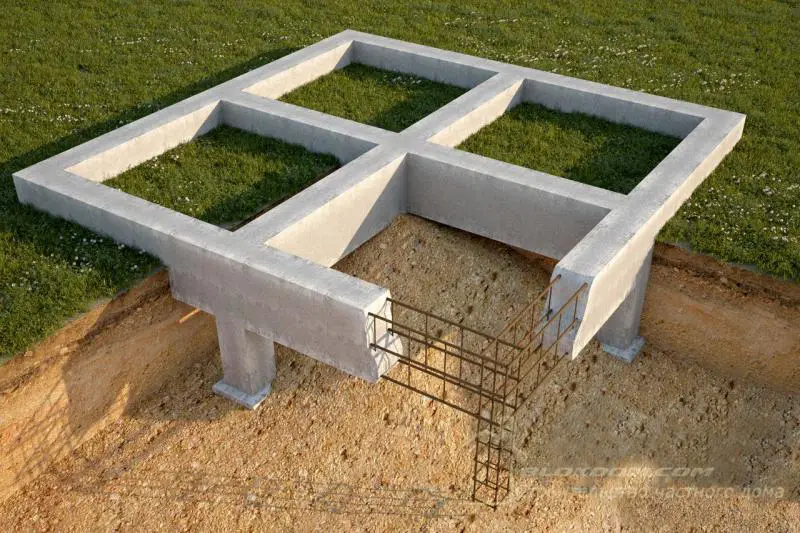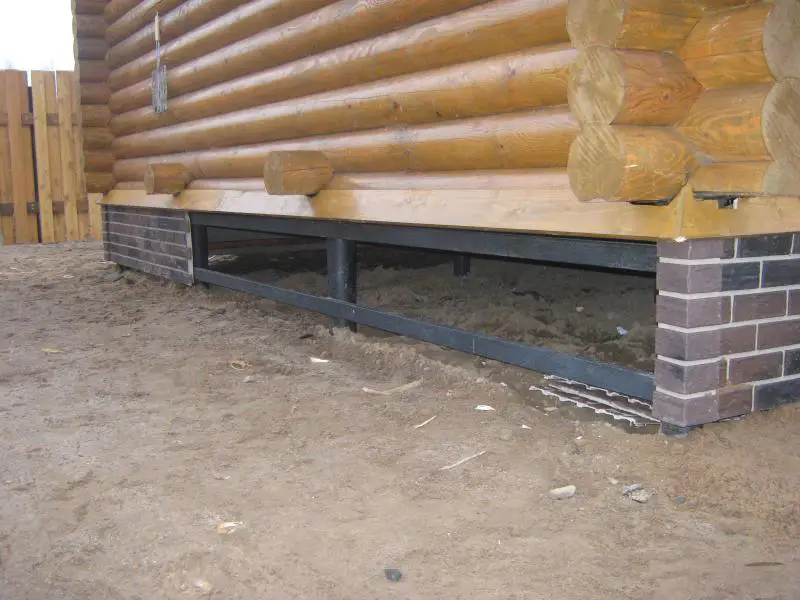There can be your advertisement
300x150
Humidity Sensors
Why are people increasingly interested in humidity sensors today? In the 21st century, the number of various diseases is growing at an incredible rate. Just like mushrooms after rain, medicine prices and treatment costs are also rising rapidly.
Therefore, it is completely logical that many people simply want to protect themselves and avoid illness. It is well known that air humidity significantly affects overall well-being, so both high and low humidity levels can trigger various health problems. For instance, breathing very dry air increases the risk of respiratory diseases (such as colds and other respiratory illnesses). Moreover, Japanese scientists have confirmed that low humidity contributes to skin conditions and premature aging. Excess moisture in indoor spaces promotes mold and mildew growth, which can trigger conditions like rheumatism, allergies, and inflammatory respiratory disorders. Therefore, it is advisable to monitor optimal humidity levels in ventilated rooms.

This is exactly what drives people to purchase humidity sensors. What is a humidity sensor? It is a specialized instrument designed to measure and monitor moisture content in the air. Humidity sensors primarily measure relative humidity — the amount of water vapor present in the air at a given temperature. For greater convenience, manufacturers typically offer humidity sensors with an integrated temperature sensor.
People consider the benefits and necessity of purchasing a humidity sensor not only for home use to maintain a comfortable indoor climate, but also for industrial applications. Entrepreneurs in chemical and food industries, wood processing, and agricultural product storage and processing must regularly monitor humidity levels in workshops and industrial facilities.
What parameters should you consider when choosing a humidity sensor?
When selecting this device, the most important factors to focus on include:
- Sufficient accuracy and sensitivity across a wide range;
- Reproducibility of results;
- Interchangeability;
- Fast response to sudden humidity changes;
- Recovery from condensation;
- Resistance to contamination;
- Size of the sensor;
- Reliability of the housing material;
- Price and simplicity of design.
There are several types of humidity sensors: capacitive relative humidity (RH) sensors and dew point sensors, resistive humidity sensors, and thermal conductivity sensors for absolute humidity. The general operating principles of each type can be found on scientific websites and journals. There's no need to dive into complex technical terms, graphs, or formulas for the average user. For those interested in a general overview of advantages of different sensor types, here is a brief comparative table.
Comparison Table: Advantages of Different Humidity Sensor Types
Capacitive Sensors | Resistive Sensors | Thermal Conductivity Sensors
Wide measurement range
Interchangeability after laser processing
Resistance to condensation
Interchangeability
Low cost
Remote operation capability
Suitable for corrosive environments and high temperatures
Digital humidity sensors with replaceable sensing heads are considered the most convenient to operate. Their operation is based on electrical properties such as resistance and capacitance. Let’s examine how a digital humidity sensor works. It provides more accurate measurements of temperature and humidity compared to other models, thanks to an integrated moisture-sensitive capacitor and processor. The moisture-sensitive element consists of a plate with embedded electrodes, coated with a hygroscopic polymer that absorbs water molecules from the air, thus changing the capacitor’s capacitance. Temperature and humidity values are calculated by a specialized head, which undergoes factory calibration. All required values for calculations are stored in the measuring head’s memory. This design and operating principle allow for easy and quick replacement of the sensing head. The built-in processor handles calculations of dew point temperature and relative humidity using physical formulas.
Additionally, humidity sensors can be wireless or stationary. Wireless sensors are more convenient and easier to read, as they do not disrupt interior aesthetics with cables. However, their cost is naturally higher than stationary models. The higher price is due to more complex and expensive remote data transmission technologies used in their production. There are two main ways data can be transmitted from the sensor:
- Transmission of all specific measurements;
- Transmission of only the final result (e.g., whether humidity has increased or decreased during a period).
What humidity levels are considered optimal and acceptable in residential spaces? Relative humidity in living rooms should be between 40% and 60%. In extreme cases, it may vary from 30% to 70%. If relative humidity exceeds 80% at 20°C, the room temperature should be increased to 22°C to restore thermal balance. For detailed information on optimal and acceptable temperature and humidity levels for creating and maintaining a comfortable indoor environment, refer to the 1997 standard GOST 30094-96 «Residential and Public Buildings. Microclimate Parameters in Rooms». This regulatory document defines optimal and acceptable values for temperature and humidity depending on the season and room purpose.
Today, humidity sensors are still gaining popularity and widespread use in our country. Even with ample available information, it may be difficult to determine which type of humidity sensor best suits your needs. Therefore, it is advisable to consult a professional or qualified specialist when purchasing such a device. They will not only help you select the right equipment, but also assist with installation, connect all sensors, and if needed, integrate them into a security system.

